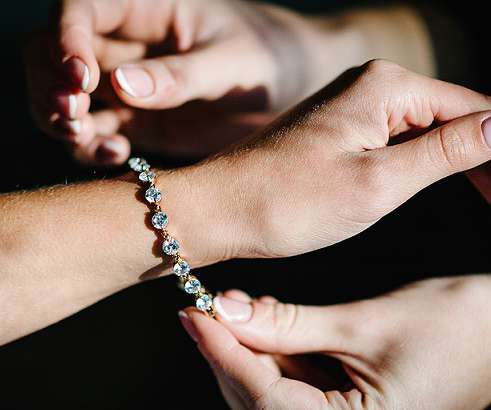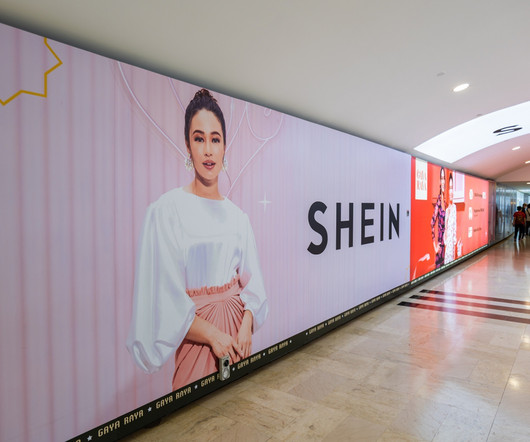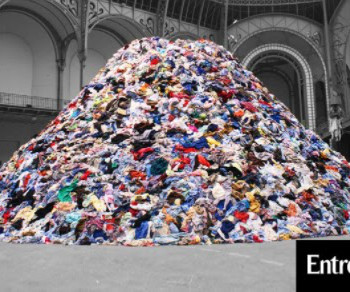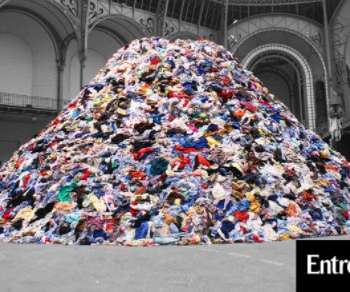AI’s Fashion Impact: From Product Design to On-Demand Manufacturing and Beyond
Retail TouchPoints
MARCH 28, 2025
Hays: In both my personal and professional opinion, luxury has always been more sustainable than mass market fashion, and certainly fast fashion, in part because the luxury market can procure more expensive materials. Even in the mid-tier market take the example of leggings.





















Let's personalize your content